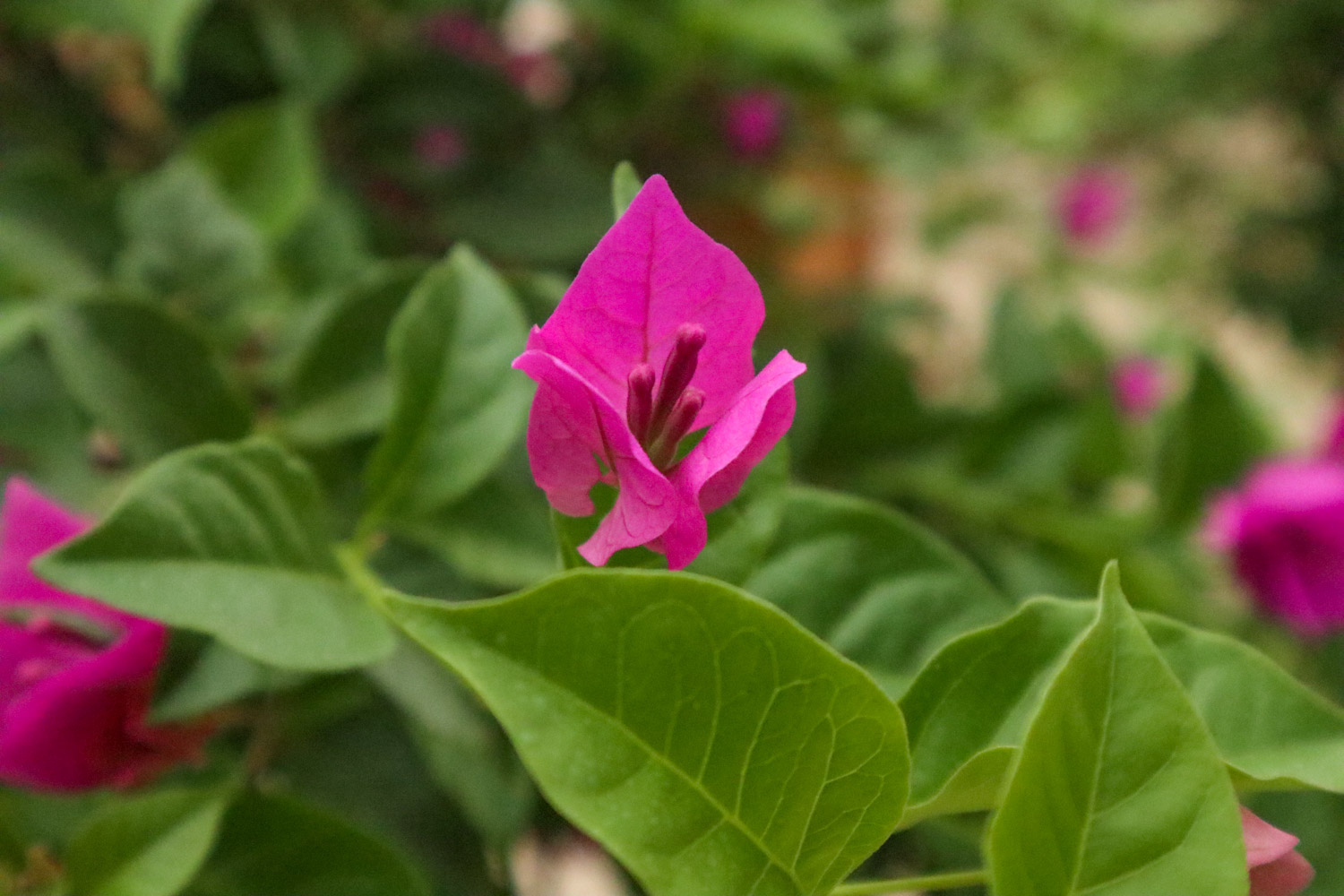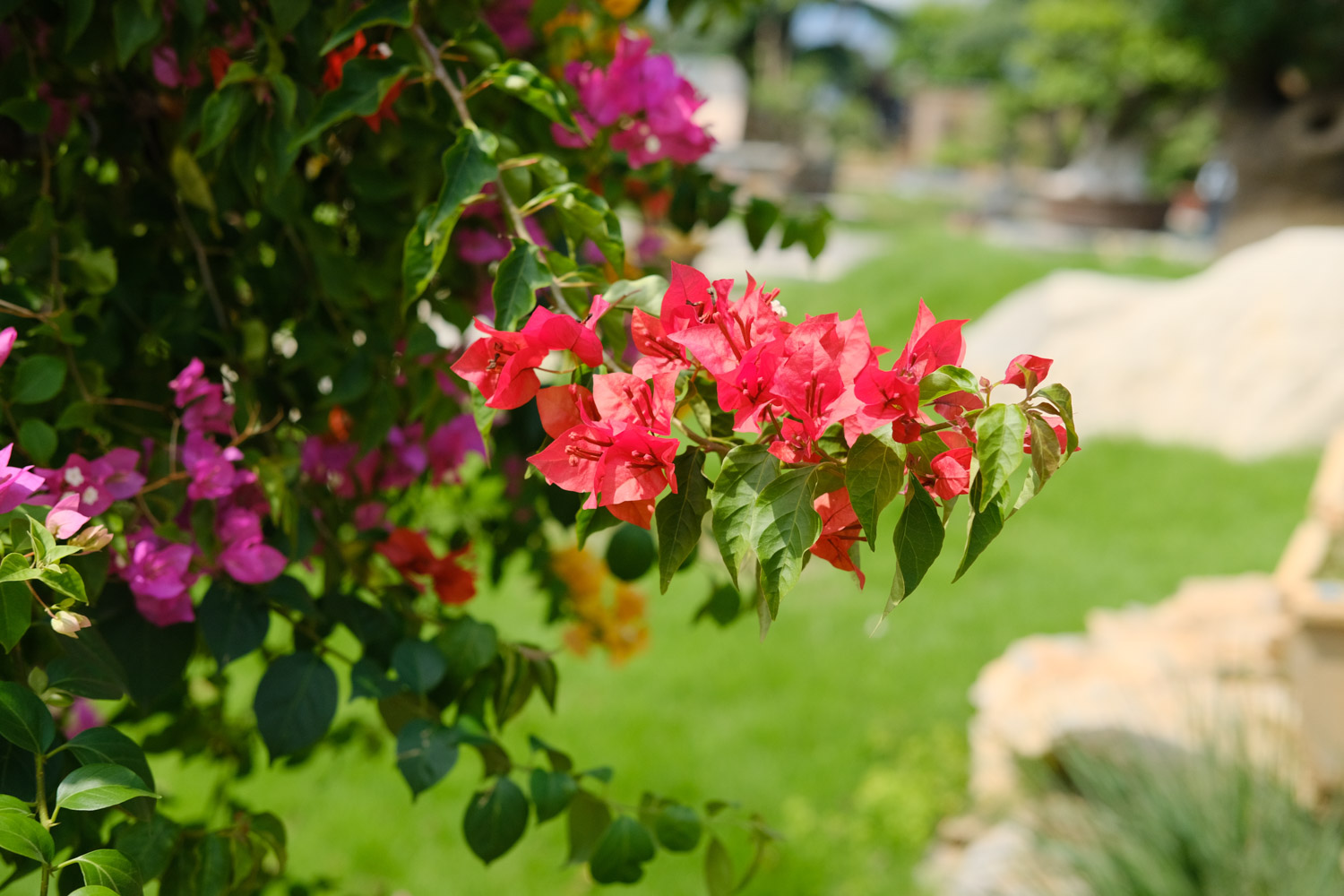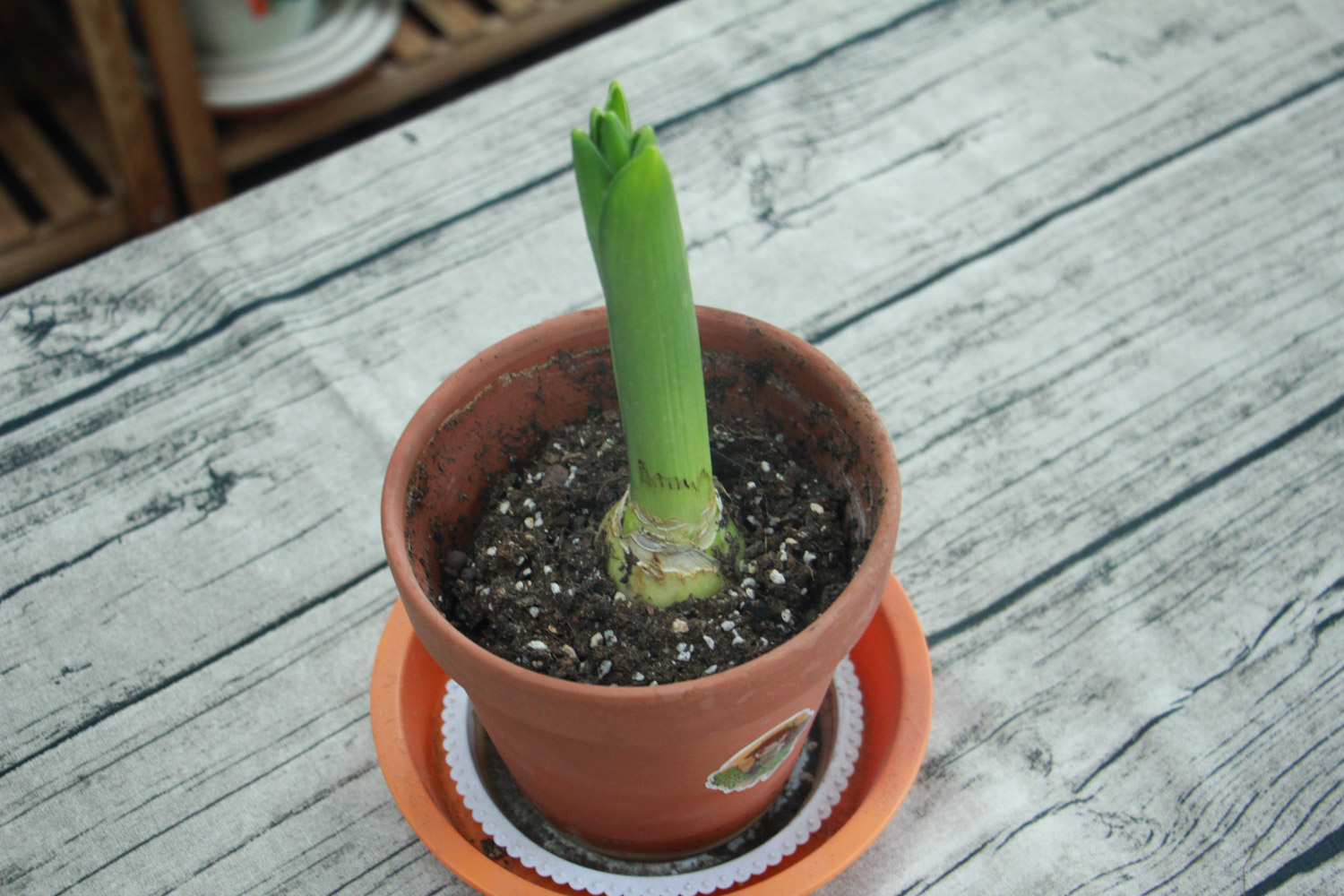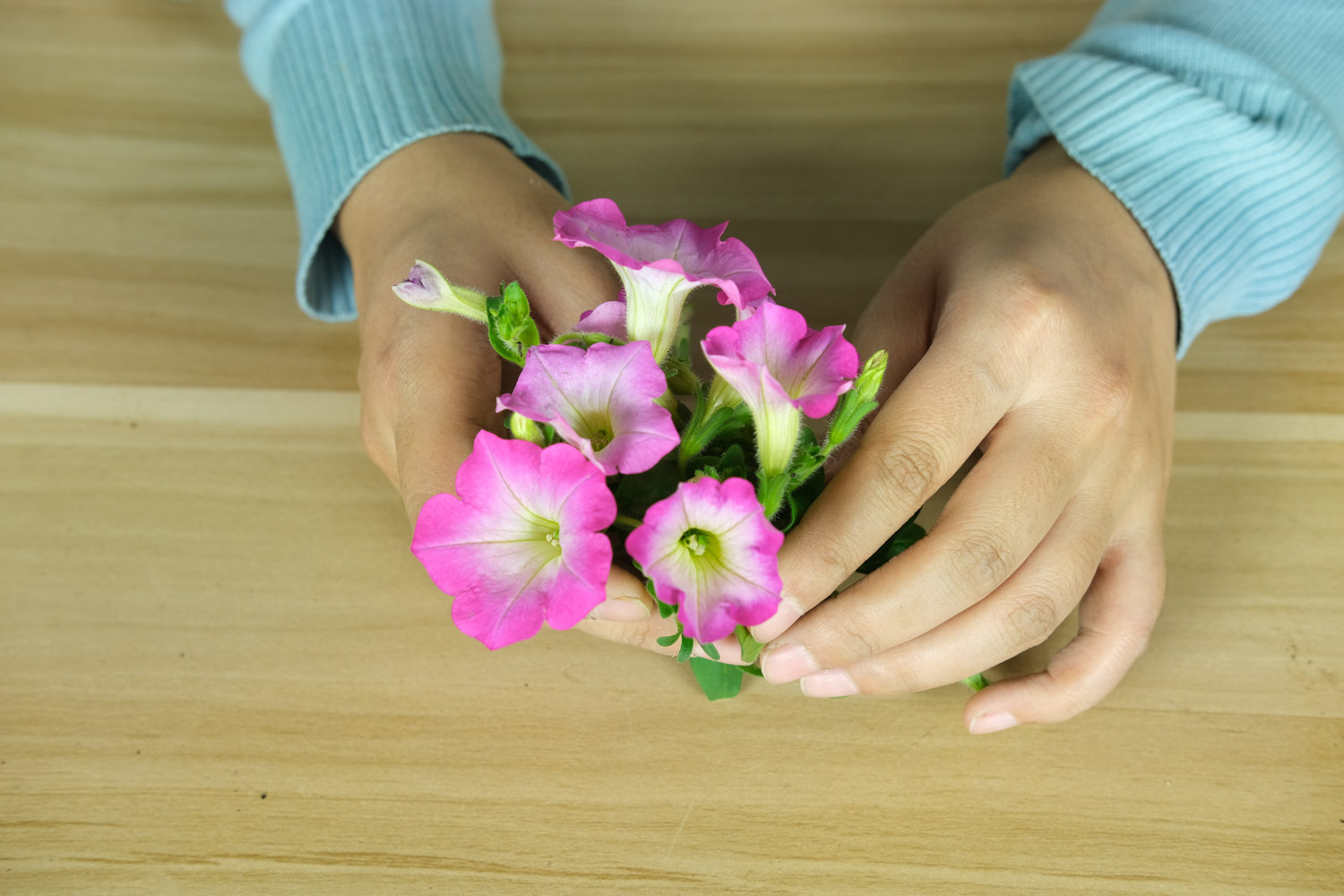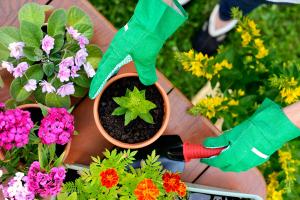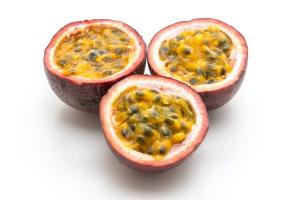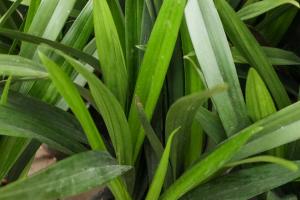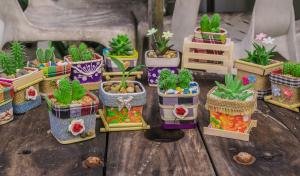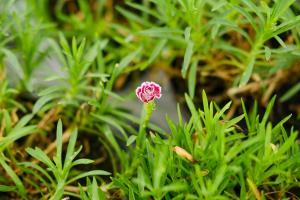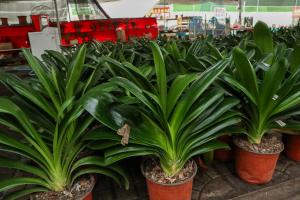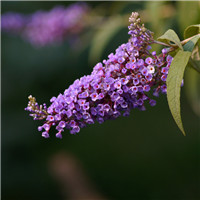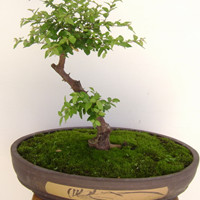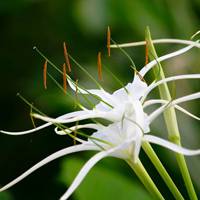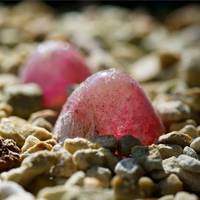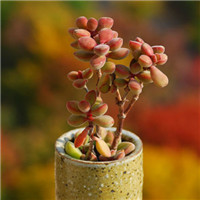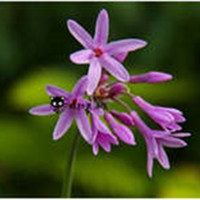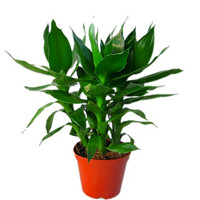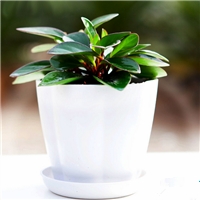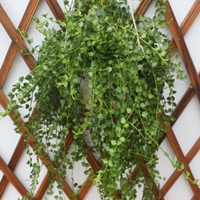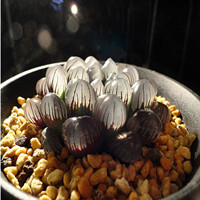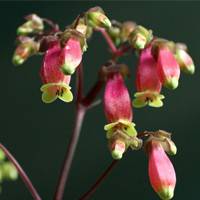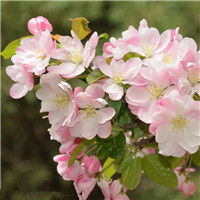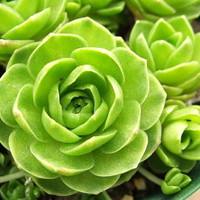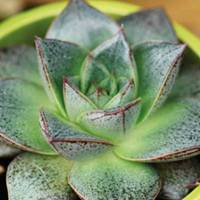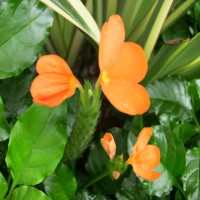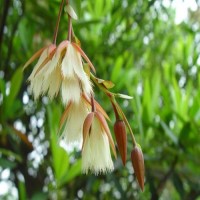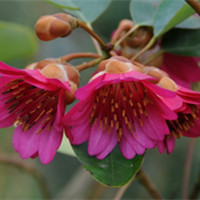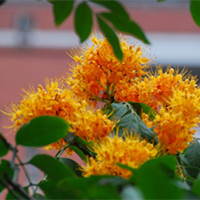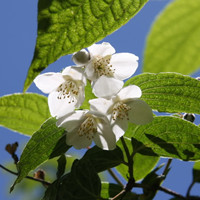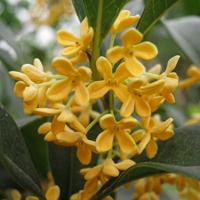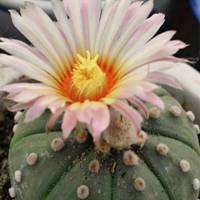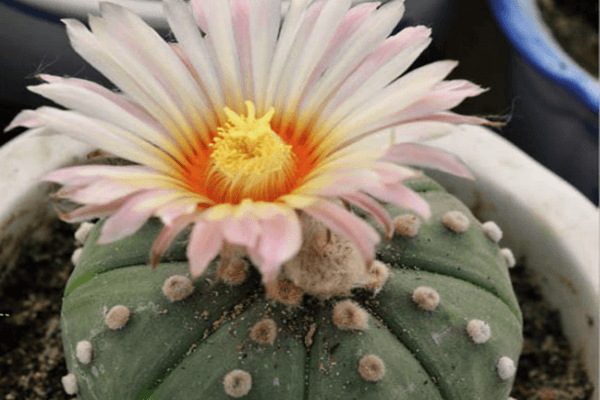
Growth habits of the planet
Native to northern Mexico and southern United States. Like warm, dry and sunny environment. It is short-term and frost resistant
Favorite temperature: 18-25 ℃ at normal temperature
Watering: watering shall be carried out every 2 weeks during the growth period
Light: sufficient throughout the day
Reproduction: sowing and grafting
Diseases and pests: gray mold, red spider
Combination suggestion: raw stone flower, Huang Li
Planting and maintenance skills of planet
Conservation skills of the planet
Basin soil: the root system is shallow, and the sphere should not be too deep when potting. The basin should be padded with tiles for drainage. Potting soil is a mixture of rotten leaf soil and coarse sand, with a small amount of bone meal and dry cow dung added
Fertilization: keep the pot soil moist during the growth period and have sufficient sunshine. Apply fertilizer once a month or use 15-15-30 special fertilizer for potted flowers
Temperature: in winter, the sphere enters the dormancy period, and the temperature should not be too high, preferably 10 ℃. Keep the basin soil dry, and change the basin for adult plants every 3-4 years
Planet breeding
Sowing: mature seeds shall be sown at the end of April. The suitable temperature for germination is 22-25 ℃, and they will germinate 3-5 days after sowing
Grafting: it is carried out from May to June. The measuring ruler or flower ball is often used as rootstock. The scion is planted with seedlings or seed balls. It survives after 10-12 days and can bloom the next year

